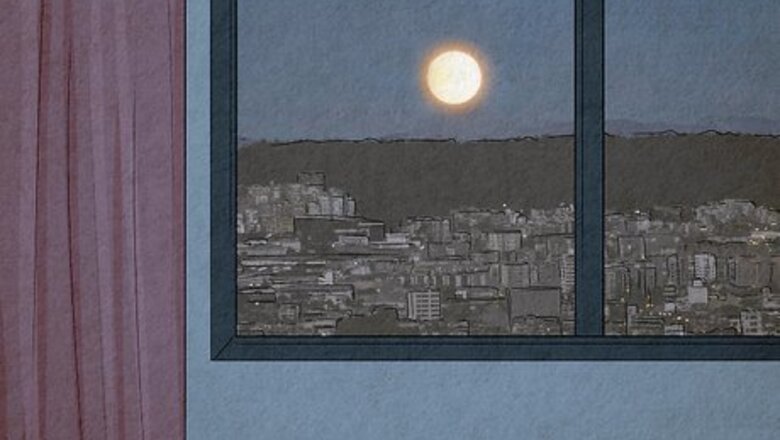
views
- The moon looks orange when it's close to the horizon. The thicker atmosphere only allows red, orange, and yellow wavelengths to reach your eyes.
- An orange moon might also be caused by wildfire smoke or pollution in the air.
- You're most likely to see an orange moon close to the first day of fall or summer.
Orange Moon Causes
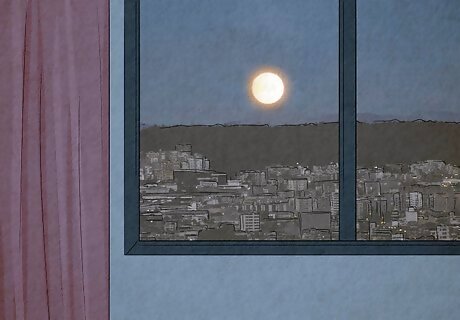
The moon is low in the sky. The moon will look orange when it’s close to the horizon because at this angle, the moon’s light is traveling through a thicker layer of atmosphere. When light travels through the Earth’s atmosphere, short wavelengths (blue, green, violet) are scattered away by different particles and only long wavelengths (red, orange, yellow) reach your eyes. The more atmosphere the light travels through, the more red-tinted the light becomes. This is what makes sunsets and sunrises orange as well. An orange moon might look extra big in the sky because you’re experiencing the moon illusion, or the phenomenon where we perceive the moon is bigger when it’s closer to the horizon. The moon, however, is actually the same size and distance from us at all times, no matter its position.
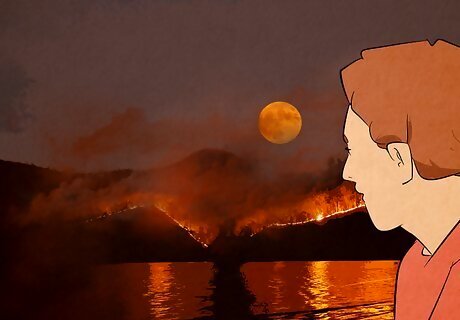
There is wildfire smoke or air pollution. Smoke particles and dust add more molecules in the atmosphere that scatter blue light away. This produces a reddish-tinted sun and moon, and happens even when the moon is high in the sky. The color of smoke itself only minimally changes the color of the sky. Fresh smoke doesn’t always have the same effect. If you look at campfire smoke where the sunlight hits it sideways, it appears blue/gray. However, if the sunlight is coming through the smoke, the sun will look red.
Times You Might See an Orange Moon
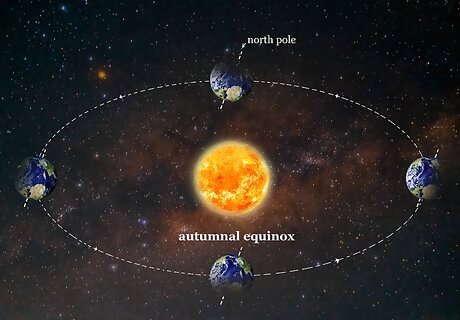
Close to the autumnal equinox. Also called the “Harvest Moon,” the full moon closest to the autumnal equinox (the first day of fall) rises at nearly the same time the sun is setting. It’s likely to look orange at the horizon. The moon’s orbit is almost parallel to the horizon for the duration of the Harvest Moon. The Harvest Moon gets its name because the extra light, from both the sun and the moon, helped agricultural communities finish their harvest before winter. The name is credited to Native American tradition, which was then shared with Europeans in the Americas. The Harvest Moon happens in September or October, depending on which month’s full moon is closest to the equinox. If October’s full moon is closest to the equinox, it gets the name Harvest Moon and the September full moon is referred to as the Corn Moon.
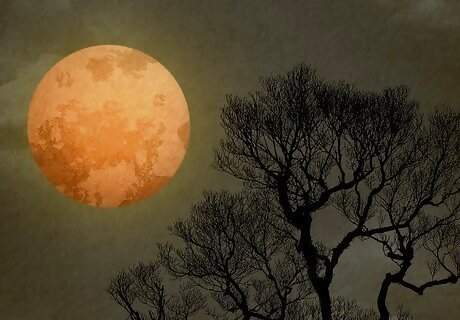
The next full moon after the autumnal equinox. Called the “Hunter’s Moon,” this full moon will cross the horizon around sunset and is likely to look orange at that time. Much like the Harvest Moon, the Hunter’s Moon got its name because it signaled another preparation for winter: hunting deer and other animals that were fattened up for winter.
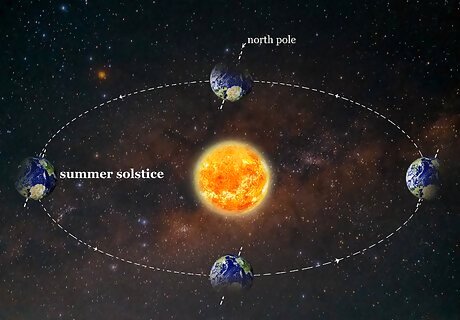
In early summer. The moon is lowest in the sky when the sun is highest, which is at the summer solstice. The days leading up to and following summer solstice are when the moon “runs low” if you live in the northern hemisphere. The low position of the moon on the horizon means it’s likely to look orange close to sunset, especially when it’s a full moon. The full moon in June is called the “Strawberry Moon” and sometimes appears reddish. But the name does not connect to the moon looking like a strawberry! Native American Algonquin tribes coined the term in connection to strawberry-picking season.
Spiritual Meanings of an Orange Moon
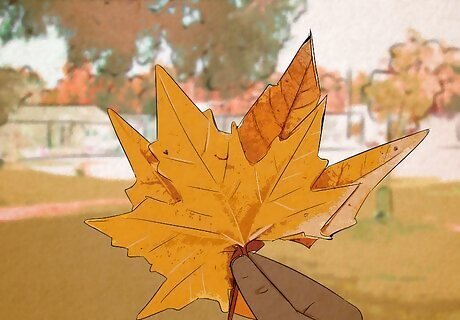
A new season of life. Seasons don’t only affect the weather — they can also impact who you’re becoming. Because of the history of the Harvest Moon, people still associate it with the conclusion of summer and beginning of winter. It might feel to you like one chapter is closing and another one is just beginning.
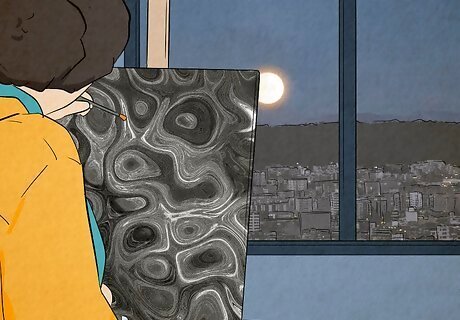
Chaos might be approaching. The onset of winter can sometimes bring fear. Move cautiously and think intentionally, because you could have challenging days ahead. It’s hard to know what to expect from winter, but it’s always good to make preparations sooner rather than later.

You have time to work. The optimism of long-lasting light transforms into an optimism about how much you can get done in a short amount of time. Seeing an orange moon can signal that it’s time for you to focus and attend to the task at hand before it’s too late.












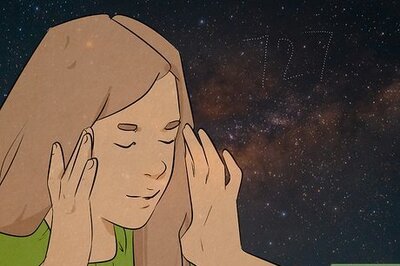



Comments
0 comment